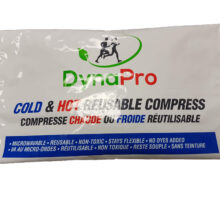Cervical Collar
In Stock
The LP Cervical Collar uses a hook and loop design for optimal user comfort and restricts head/neck movement to aid recovery from neck strains, and wry neck. Its polyester/nylon mix makes it the ideal solution for those with neoprene allergies.





